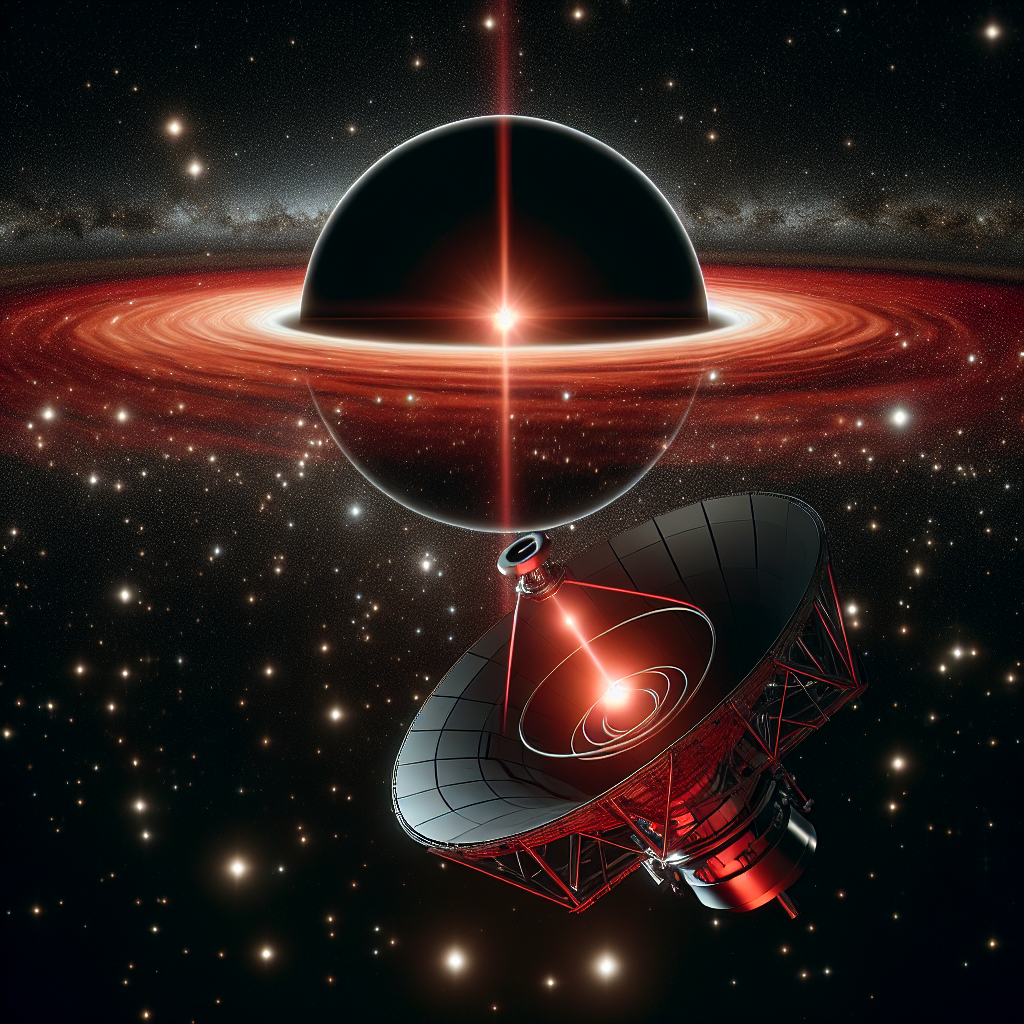Scientists Use Gravitational Lensing to Discover 44 Hidden Stars

Revolutionary Discovery in Astronomy: Unveiling the Hidden Stars
A groundbreaking astronomical discovery has been made, highlighting the extraordinary capabilities of modern science. Scientists have successfully identified 44 previously unknown stars using a remarkable technique known as gravitational lensing. This astounding discovery marks the first time such a significant number of stars have been identified in a single galaxy cluster, unveiling the mysteries of the universe from billions of years ago.
Unveiling Cosmic Secrets Through Gravitational Lensing
The research was spearheaded by a team from the Centre for Frontier Science at Chiba University, Japan, working alongside over 45 international partners, including prestigious institutions such as Durham University's Centre for Extragalactic Astronomy and Manchester University's Jodrell Bank Centre for Astrophysics. Using the remarkable capabilities of the James Webb Space Telescope (JWST), the team employed gravitational lensing to explore a remote galaxy known as the Dragon Arc, masked behind the colossal galaxy cluster, Abell 370.
Gravitational lensing is a fascinating technique where the gravitational field of a massive object, like Abell 370, acts like a natural telescope, bending and magnifying the light from more distant galaxies. This allows astronomers to peer into the depths of the universe, observing distant objects with newfound clarity. This effect transforms the light from the Dragon Arc into a stretched image, reminiscent of a cosmic hall of mirrors.
A Glimpse Into the Universe's Past
By analyzing high-resolution images collected over a year by the JWST, researchers identified 44 hitherto unknown stars in the Dragon Arc. These stars exhibited changes in brightness, providing vital clues about the dynamic gravitational lensing landscape and painting a detailed picture of the universe eight billion years ago, at what astronomers call 'cosmic noon.'
Insights into Dark Matter and Star Formation
This discovery not only showcases the intricate complexity of the universe but also sheds light on the elusive dark matter, a mysterious substance critical in galaxy formation and evolution. Dark matter acts as the glue binding galaxies together, creating environments where stars, planets, and life forms arise. The findings offer unprecedented insights into dark matter’s role, furthering our understanding of the universe’s architecture.
Durham University’s Dr. David Lagattuta emphasizes the excitement of identifying these individual stars, which have remained obscured from view in previous observations due to cosmic dust. Thanks to JWST's advanced imaging capabilities, scientists could now examine these stars closely, primarily comprised of red supergiants—stars camouflaged by cosmic dust outside the Milky Way.
The Significance of Cosmic Discoveries
The discovery of these 44 hidden stars is a milestone, illustrating the potential of gravitational lensing combined with state-of-the-art space telescopes. This work provides not only a deeper insight into the constituents of distant galaxies but also reinforces the importance of collaborative international research in pushing the boundaries of current scientific knowledge.
Professor Mathilde Jauzac from Durham University remarks on the significance of this discovery, highlighting its importance in understanding galaxy composition. This scientific breakthrough represents a giant leap forward in our quest to understand the cosmos, unlocking secrets held for billions of years and paving the way for future explorations.




